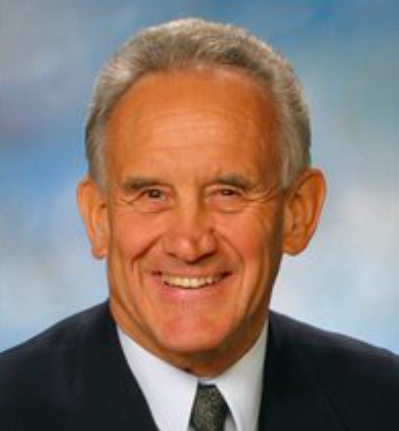Welcome to the MRAK Almanac, where it’s a mixed bag of amazing political, historical, cultural, and random acts of Alaskana you won’t find anywhere else:
* * * *

May 10: House convenes at 10:30 am, Senate convenes at 11 am. Five days left in the 121 legislative session.
May 10: Facebook is partnering with Sweet Caribou to give everyone free birthday cake macaroons while supplies last today. Come by the bakery starting at 10 am to get a sweet treat. Must Read Alaska’s Suzanne Downing will be there this morning. 10 am to 6 pm. Details
May 10: Anchorage Assembly work meeting on on-site consumption of cannabis, as in pot bars. City Hall, 632 West 6th Ave. 1st floor conference room. 2-3 pm. Details and documents here.
May 10: Fairbanks Republicans meet in the Minto Room at Denny’s for the weekly noon luncheon, and Gov. Frank Murkowski is the speaker. This historic group has been meeting for over 40 years. Come as you are.
May 10: Nascar/Inex open practice Alaska Raceway. Event classes: Pruhs Construction Thunder Stocks, Extreme Fun Center Baby Grands, Legends, GCI Late Models. Gates open at 4 pm. 5599 S. Race Way, Palmer. Details
May 10: Valdez Fly-in and Air Show
May 11: International Astronomy Day, check out the Anchorage Museum for activities, including hands-on experiences, planetarium shows, and lectures. 1 to 5 pm. Details
May 11: Ketchikan Totem to Totem half marathon.
May 11: City of Palmer Clean-up Day, 8 am to 1 pm. Details on all the Valley clean-up activities
May 11: Alaska Barefoot Mile 2019, to raise funds to help fight human trafficking. Anchorage Town Square Park. 1-4 pm. Details
May 11: Salute to Armed Service, Alaska Army National Guard Aviation Operating Facility, 8425 Livingston Way, Juneau. Free hot dogs and hamburgers. Posting of the colors at 12:30 pm and Juneau Big Band performs from 2:30-3:30 pm. A Blackhawk helicopter and US Coast Guard vessel will be available for viewing. Family-friendly games will be available. 12-4 pm.

May 11: Season opener Alaska Raceway oval track. 5599 S. Race Way, Palmer. Details
May 11-12: Gun Show – Alaska Gun Collectors Association, O’Malley Sports Center. Vendors and historical displays, food, stuff for kids to do. Details
May 11-12: Kenai Peninsula Gun Show at Soldotna Regional Sports Center, sponsored by Friends of the NRA.
May 12: Call your mom.
* * * *
HISTORY 101
May 10, 1935: The first of the Minnesota contingent arrived at Palmer. They encountered a shortage of food and supplies, no shortage of mud and mosquitoes, and all kinds of inconveniences as they moved to the Valley to settle and start what became known as the Matanuska Valley Colony.
May 11, 1852: Charles Warren Fairbanks was born in a log cabin in Ohio. He is the 26th vice president of the United States, serving under Theodore Roosevelt during his second term. The city of Fairbanks is named after him.
May, 1939: German Jewish community leader Bruno Rosenthal wrote his first letter to the U.S. government, in which he asked for permission for persecuted Jews in Germany to settle in Alaska. “30 member of the Jewish Community at Neustadt (Kreis Marburg /Lahn) desire to make an urgently application for immigration to Alasca Territory. All are healthy, strong, and energetical. We know quite well the difficulties of making the rough clime of Alaska but now we have no other choice, we German Jews…” His multiple requests were ultimately denied by President Franklin D. Roosevelt. It’s the 80th year since he began his quest to save his Jewish community. Pro-tip: Alaska Jewish Museum has more, but is open only by appointment until earthquake recovery completed later this month.
May 11-30, 1943: The Battle of Attu was fought between the U.S. forces and Japan on Attu Island off the coast of Alaska as part of the Aleutian Campaign during World War II. American forces were aided by Canadian reconnaissance and fighter-bomber support.










